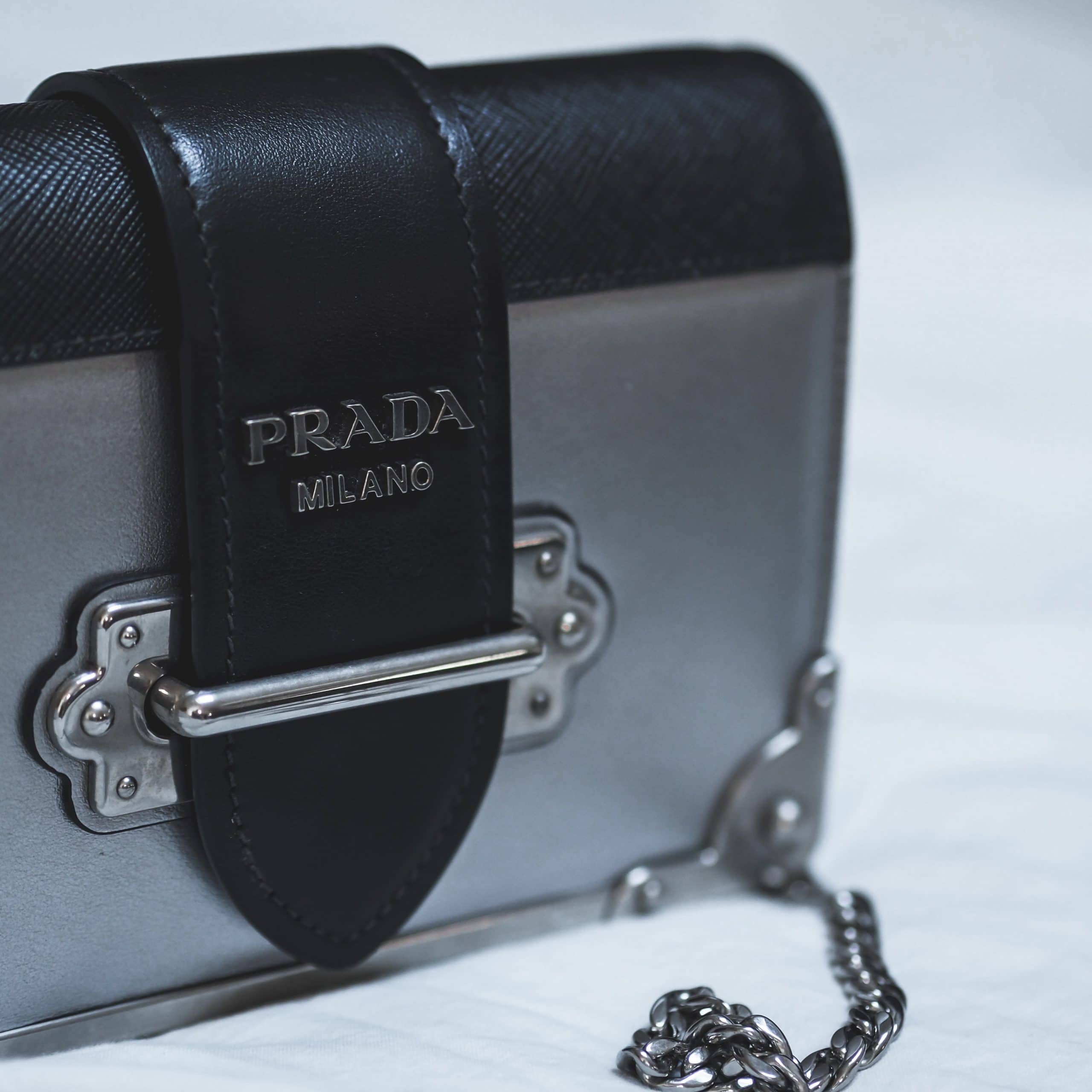The definition of luxury and therefore a concept of marketing luxury to consumers has been turned on its head in recent years. Once thought of as the domain of the rich and famous, the luxury market is now much more focussed on demographic inclusivity and appealing to younger buyers.
The changing face of the luxury industry can partly be attributed to the rise of social media platforms. Many young millennials and members of Generation Z are keen to emulate the sumptuous lifestyles of the influencers they follow on Facebook and Instagram and, therefore, are increasingly likely to spend their disposable income on affordable luxury items. According to a recent report, only 14% of generation Z never make luxury purchases.
Transitioning to affordable luxury is not just about offering a taste of extravagance to younger people at a lower price, however. Luxury brands must also adapt to align their values more closely with those of a younger and broader audience. Increasingly, luxury consumers are shopping online rather than in-store and believe that brands should be proud of their high-end status. For marketers, this could mean appealing more to digital shoppers and promoting their brand as authentically lavish and extravagant.

Strategies for reaching your clients
So, you know what outcomes your digital marketing strategy should be aiming for, but how can they be achieved? Before you start drawing up a plan for marketing luxury products or services, you must understand that there are three broad ways to reach high-end consumers, as recently theorised in a book titled The Luxury Strategy. These include:
1. The fashion strategy
This is a time-sensitive strategy that takes into account the fleeting nature of new fashions. Rather than promoting the heritage of your brand or its long-standing reputation, you must position yourself as a trendsetter.


2. The premium strategy
This involves positioning your brand as amazingly cost-efficient, offering premium products at a price that many people can afford. The primary tactics of this strategy involve comparing your luxury products to those offered by other companies and emphasising that yours are of better value.
3. The luxury strategy
This involves leveraging all of your best assets as a brand to demonstrate your reputability, value for money, and superior offerings. It could involve promoting, amongst other things, your company’s dedication to craftsmanship, exclusive stock, high-calibre clients, long heritage, or interesting country of origin.

Three luxury marketing tactics to try today
To encourage luxury buying amongst modern consumers, try out the following strategies:1. Stop comparing your brand to others on the luxury goods market
Positioning is often cited as one of the most important elements of a decent digital marketing strategy. It is common for businesses to emphasise their unique selling proposition (USP) and explicitly tell consumers how this USP makes them superior to other brands, to gain market dominance. Marketing luxury goods and services requires a little more subtlety, however. While it is, of course, important for luxury brands to demonstrate their uniqueness, they should avoid making comparisons with others. Luxury commerce is, after all, bound up with notions of taste and creativity that should transcend petty quibbles surrounding which brands are the chicest or most affordable. In other words, advertising for luxury businesses involves selling a vision of uniqueness, timelessness and authenticity that will reassure consumers of your durability as a brand. They need to know that they can rely on you for future luxury purchases without having to defer to other retailers that may not have such a strong identity. Good examples of luxury brands to have perfectly involved this tactic include Chanel, Prada, and many other fashion houses unwilling to compromise on their vision.

2. Communicate to audiences beyond your key demographics
The world’s most famous luxury companies didn’t gain their reputations by targeting high-end consumers alone. They worked hard to make their brands household names. While it may seem counterintuitive to market your products to as many people as possible, broadening your appeal to a wide range of people increases the social value of your brand. Part of the allure of luxury items is that they can be shown off to others as markers of prestige and status. In digital marketing terms, therefore, this means boosting the visibility of your goods and services through social media platforms, influencers, paid ads, and excellent content marketing.3. Appeal to consumers’ egos
One of the primary reasons people tell their friends and acquaintances about new things they’ve learned, the experiences they’ve had, or products they’ve tried is to evidence their best traits. Liking a charity on Facebook, for example, could signal that a person wants to appear altruistic or kind. Demonstrating a penchant for luxury brands, on the other hand, could be explained by a desire to appear stylish, cool, or of high status. For marketers, this means producing highly engaging and shareable content that demonstrates a keen knowledge of your sector. If you sell luxury wines, for example, you could produce a blog piece or video about the world’s best wine regions. People will want to share the content on social media platforms to impress their friends and demonstrate their sophisticated interests.
The key takeaway: Keep it fresh and original
Selling affordable luxury isn’t about “cheapening” your brand message or comparing your business to others in the industry. It is, rather, about following the luxury strategy and going all out to promote your brand’s uniqueness, timeless style, and vital place in a given sector.
Still unconvinced? Just look at the success of brands such as Apple, which has harnessed the luxury strategy despite not being a luxury company. As long as you’re confident that your service and product is unique, this strategy is very much worth considering. As well as ensuring that your message is strong, it will help you to build a brand that people instantly recognise. In a world saturated with content, a strong luxury identity could prove invaluable.
To find out more about the type of luxury consumer and the shift towards a new generation luxury marketing, read our article ‘New Luxury Consumers: Trends and Types’.




